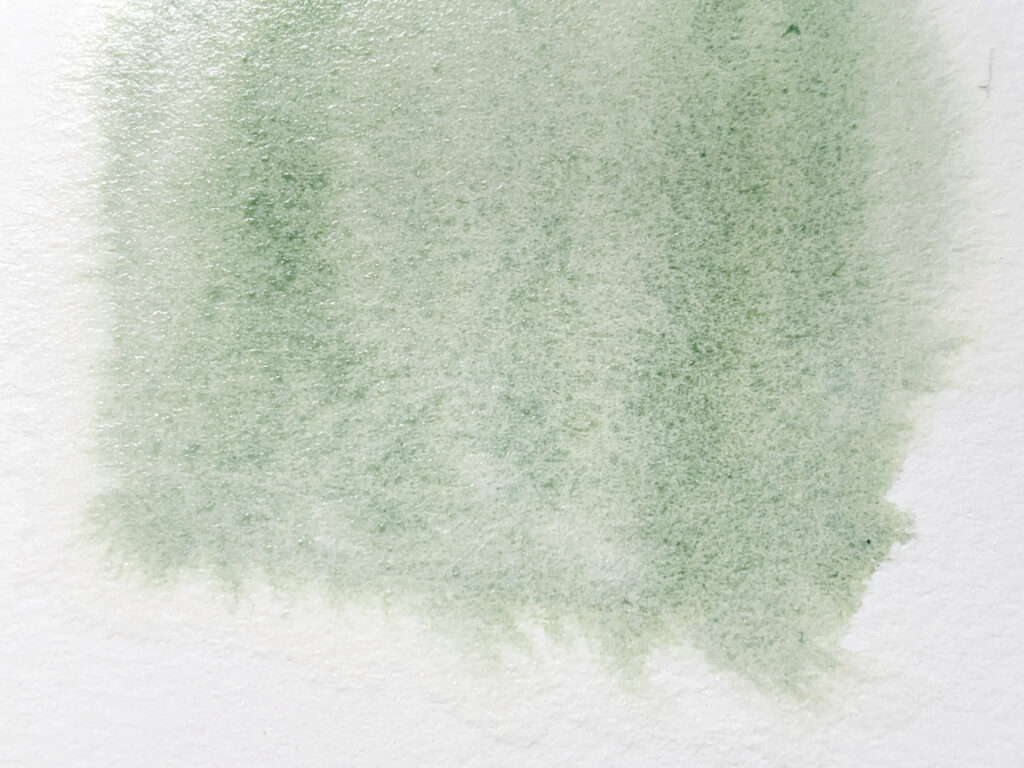
Watercolor is a wonderfully fluid and expressive medium, and one of its most captivating techniques is wet-on-wet. In this post, we’ll dive into what the wet-on-wet technique is, why it’s so magical, and how you can start practicing it in your paintings.
What is Wet-on-Wet in Watercolor?
The wet-on-wet technique involves applying wet paint onto a wet surface. This can be a wet brush on a damp piece of paper or two colors blending while they’re still wet on the page. This technique creates soft, blended washes and beautiful color transitions, making it ideal for painting skies, soft floral effects, or dreamy abstract designs.
When the water and pigment meet on the paper, the colors flow and bleed into each other, giving an ethereal look that’s difficult to achieve with other painting techniques.
Why You’ll Love Using Wet-on-Wet
As a beginner, wet-on-wet allows you to embrace the unpredictable beauty of watercolor. It teaches you to let go of control and enjoy how the paint naturally spreads and blends. This technique is great for loosening up your style, and it’s perfect for creating large, soft backgrounds, delicate transitions in your botanical work, or any other artistic effects where you want a fluid, blended look.
How to Use Wet-on-Wet in Your Watercolor Paintings
Here’s a step-by-step approach to mastering the wet-on-wet technique:
1. Prepare Your Paper:
Wet your watercolor paper evenly using a large brush or a sponge. You can also use a spray bottle for a more textured effect.
2. Add Your Colors:
With your paper still wet, load your brush with watery paint and lightly touch the paper. Watch how the paint flows and spreads. You can experiment with different amounts of water and pigment to achieve various effects.
3. Blend and Layer:
Try layering colors while they’re still wet to create stunning gradients and blends. Pay attention to how the colors merge and interact on the paper.
4. Control with Practice:
Though this technique is often unpredictable, you can gain more control over it with practice. Experiment with different timing, paper wetness, and pigment saturation to see how they affect the outcome.
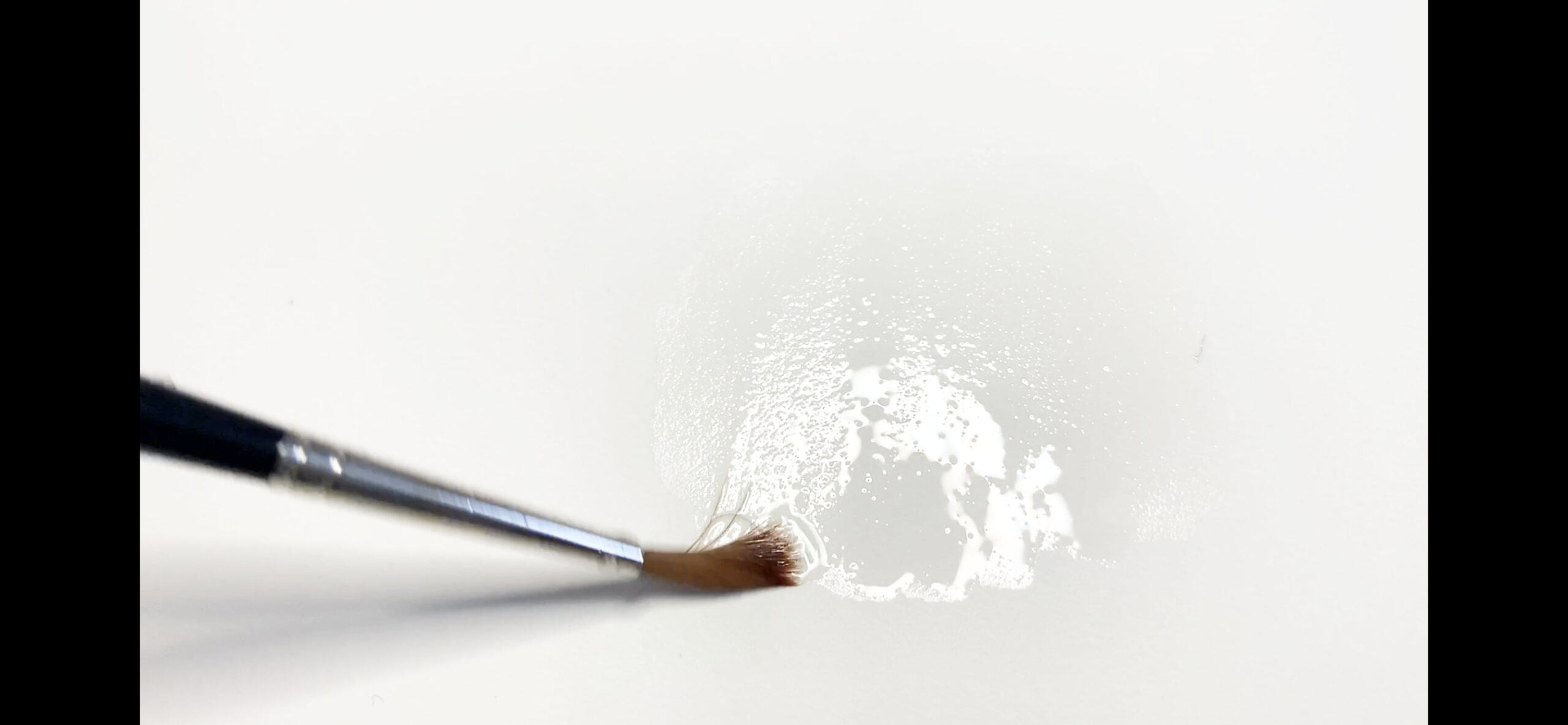
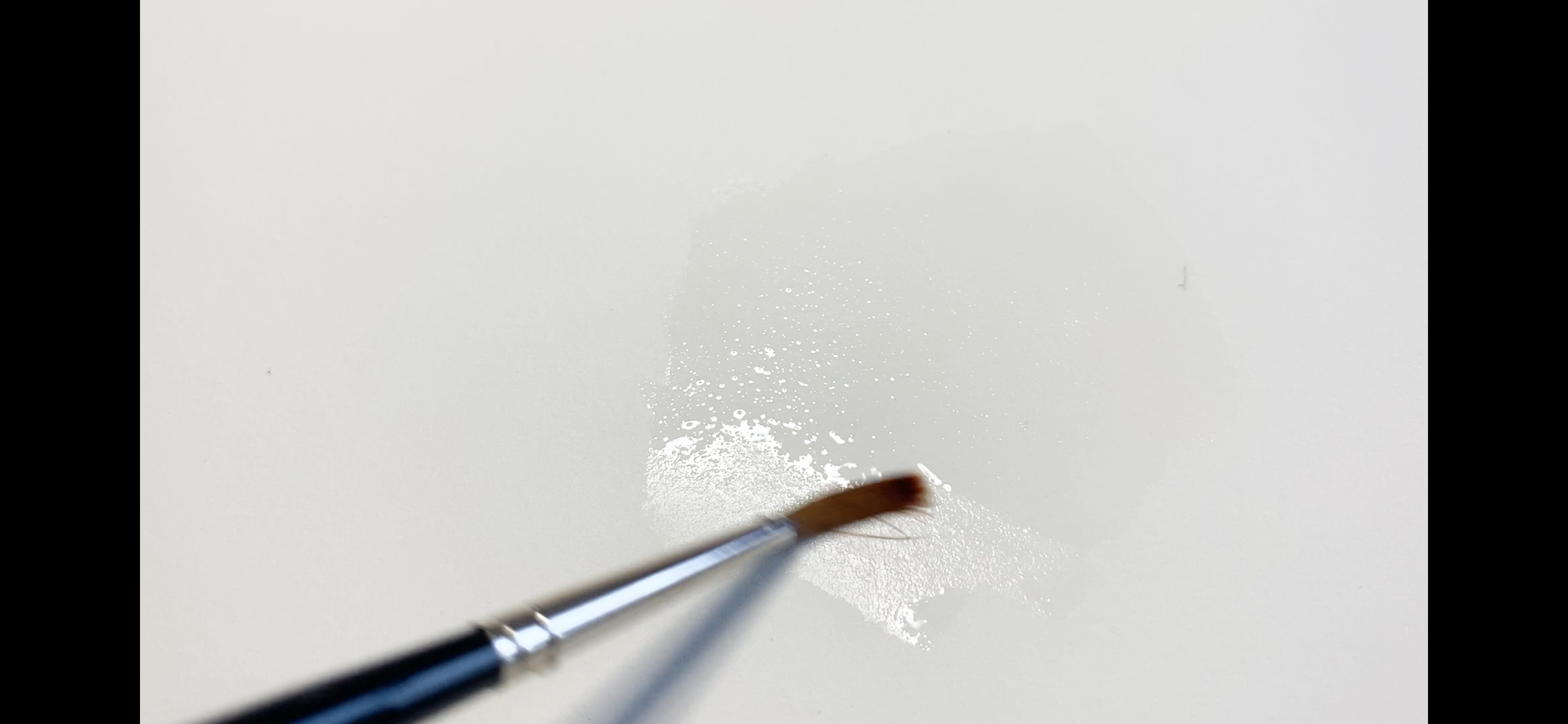
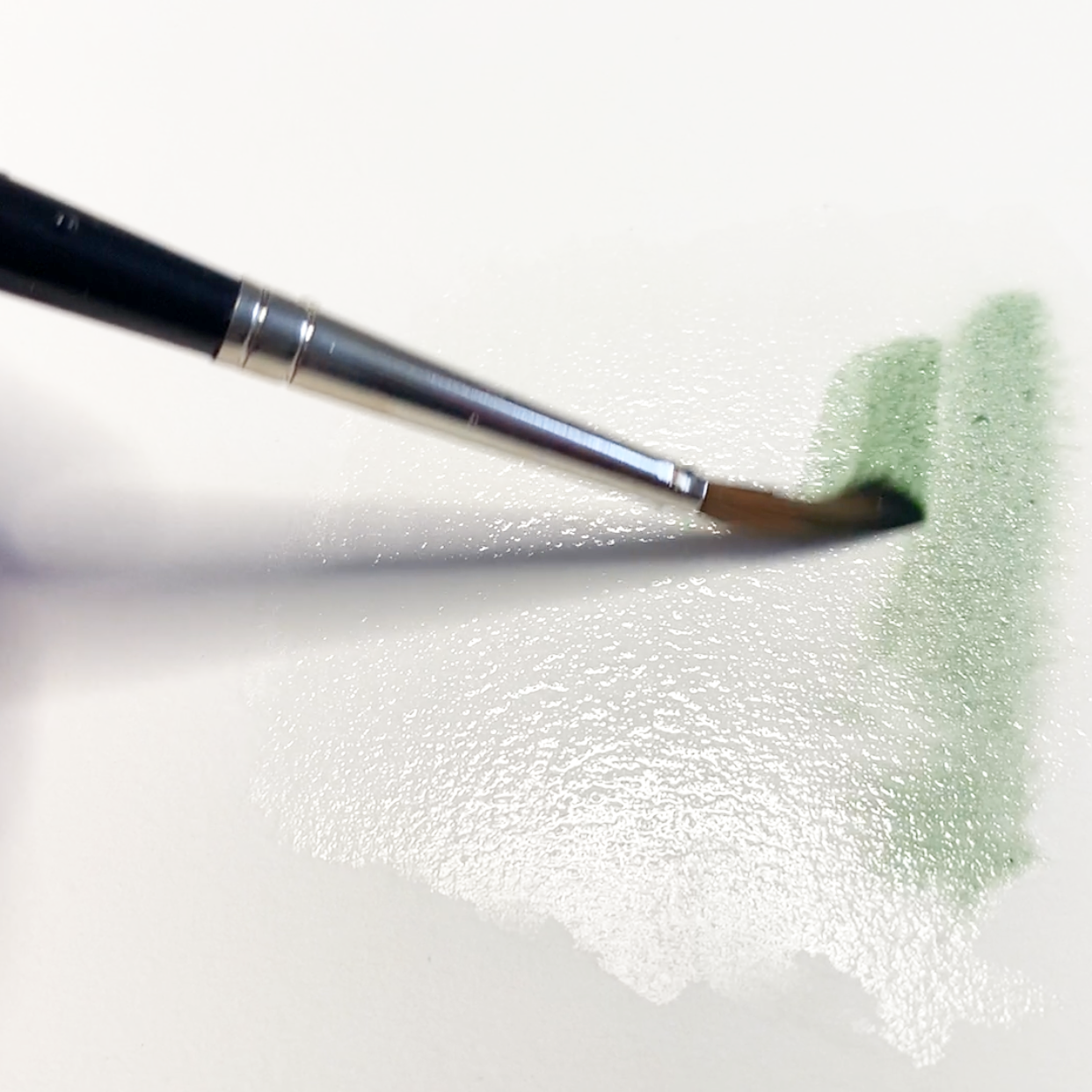
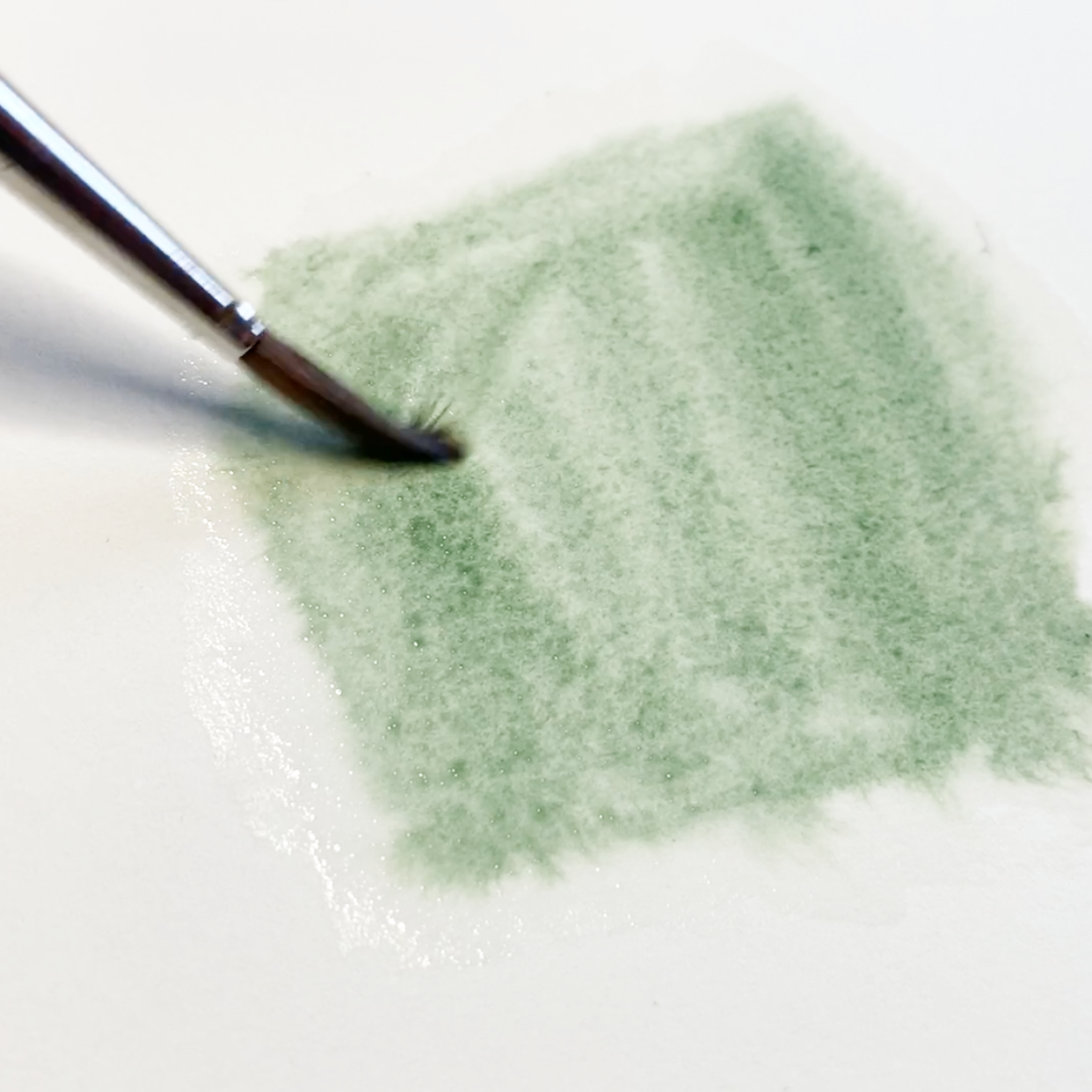
Join My Introductory Watercolor Class!
If you’re excited about exploring watercolor further and want to dive deeper into techniques like wet-on-wet, I invite you to join my “Introduction to watercolor painting” offered through My Modern Met Academy. In the class, you’ll learn everything from basic brush strokes to more advanced techniques to help you gain confidence and creative freedom with watercolors.
Stay Connected: Sign Up for My Newsletter!
If you enjoyed this post and want to receive more tips, updates on future classes, and exclusive content, be sure to sign up for my newsletter! You’ll get first access to new tutorials and behind-the-scenes insights from my studio.
Join my newsletter here (bimonthly new blogs, free downloadables and tutorials, my latest work and collaborations, it’s all in there!)
Mastering watercolor is a journey, and I’m here to guide you along the way. Happy painting!
Vic
